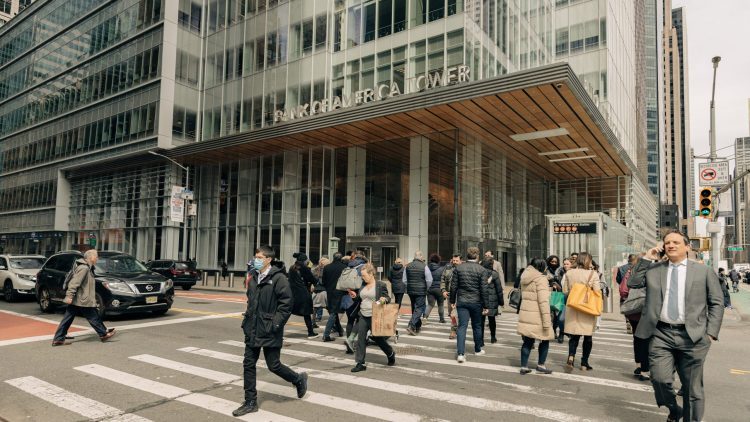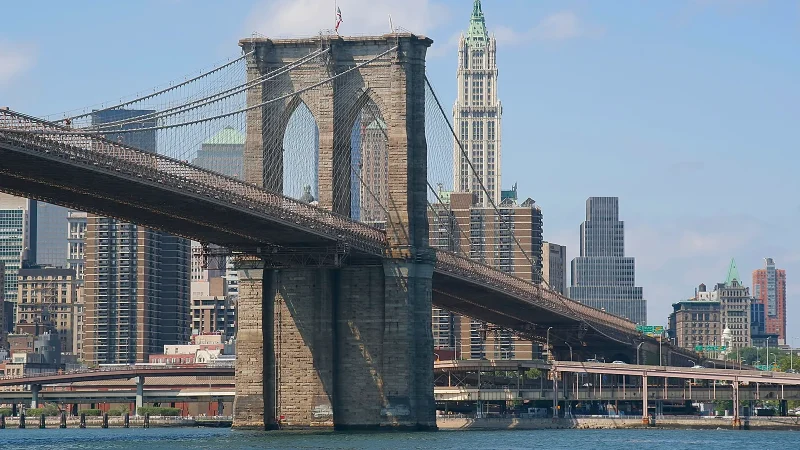he Complex Landscape of Abortion in the USA Today: Navigating Policies, Perspectives, and Progress

Abortion in the United States has been a deeply contentious and complex issue, intertwining political, social, and ethical dimensions. As we explore the landscape of abortion in the USA today, it is crucial to examine the various perspectives, evolving policies, and the ongoing debate surrounding reproductive rights.
Historical Context:
The debate over abortion in the USA is not a recent phenomenon but rather one that has deep historical roots. The landmark case of Roe v. Wade in 1973 legalized abortion across the country, establishing a woman’s constitutional right to choose. However, this decision did not bring an end to the controversy; instead, it sparked a prolonged debate that continues to shape the nation’s discourse on reproductive rights.
Legal Framework:
Abortion laws in the USA are not uniform, as they vary from state to state. While Roe v. Wade provides a national framework, individual states have the authority to implement their regulations, leading to a patchwork of laws that range from restrictive to permissive. Some states have enacted strict abortion restrictions, such as mandatory waiting periods, counseling requirements, and gestational limits, while others have worked to protect and expand women’s reproductive rights.
The Pro-Life Movement:
The pro-life movement, rooted in a belief in the sanctity of human life from conception, has been a prominent force advocating for the restriction or outright prohibition of abortion. Pro-life activists argue that a fetus has the right to life and that abortion is morally and ethically unacceptable. This movement has influenced the political landscape, leading to the election of officials who support anti-abortion policies and contributing to the nomination of Supreme Court justices who may shape the future of abortion rights.
The Pro-Choice Movement:
Conversely, the pro-choice movement champions a woman’s right to make decisions about her own body, including the choice to have an abortion. Advocates argue that restricting access to abortion infringes upon a woman’s autonomy and bodily autonomy. This movement has mobilized to protect and expand reproductive rights, pushing back against legislative efforts to curtail access to abortion services.
Recent Legislative Developments:
In recent years, several states have passed restrictive abortion laws, challenging the parameters set by Roe v. Wade. These laws include fetal heartbeat bills, which ban abortions as early as six weeks gestation, and outright bans on abortion after a certain point in pregnancy. Such legislation has triggered legal battles, with pro-choice advocates challenging these laws in court, aiming to protect women’s access to safe and legal abortion services.
Impact on Access:
The tightening of abortion regulations in certain states has resulted in a decline in the number of abortion clinics and increased difficulty for women seeking reproductive healthcare. Access to abortion services has become a central concern, especially for those in low-income communities who may face additional barriers to obtaining the care they need. The debate over abortion extends beyond legality to questions of affordability, accessibility, and equity in healthcare.
Public Opinion:
Public opinion on abortion in the USA is diverse and often influenced by factors such as religious beliefs, political affiliation, and personal experiences. Polls consistently show a nation divided on the issue, with some supporting more restrictive laws and others advocating for the preservation and expansion of reproductive rights. Navigating this complex landscape requires an understanding of the multifaceted perspectives that shape the national conversation.
Reproductive Justice:
The discussion on abortion goes beyond legality and morality; it encompasses the broader concept of reproductive justice. Reproductive justice emphasizes the right to have children, not have children, and parent in safe and supportive environments. This framework acknowledges the intersections of race, class, and gender, highlighting the importance of addressing systemic inequalities that impact access to reproductive healthcare.
Global Comparisons:
In an international context, the United States’ approach to abortion stands out. While many developed countries have liberalized abortion laws and prioritized women’s reproductive rights, the USA grapples with ongoing debates and legal battles. Comparisons with other nations can provide valuable insights into different models of reproductive healthcare and inform discussions on potential reforms and improvements in the American system.
The Role of Healthcare Providers:
Healthcare providers play a crucial role in the abortion landscape, facing ethical dilemmas, legal restrictions, and the responsibility to provide compassionate care. The stigmatization of abortion can affect the willingness of healthcare professionals to offer these services, contributing to disparities in access. The conversation about abortion in the USA must include a consideration of the challenges faced by those on the front lines of reproductive healthcare.
Looking Ahead:
As the landscape of abortion in the USA continues to evolve, it is essential to consider the potential for change and progress. Legislative battles, legal challenges, and shifting public opinion all contribute to the dynamic nature of the debate. The future of abortion rights in the USA will be shaped by ongoing conversations, advocacy efforts, and the engagement of individuals from all walks of life.
Conclusion:
Abortion in the USA today is a complex and multifaceted issue that encompasses legal, political, social, and ethical dimensions. Navigating this landscape requires an understanding of the historical context, the impact of legislative developments, the diverse perspectives of the pro-life and pro-choice movements, and the challenges faced by healthcare providers. As the nation grapples with the ongoing debate over reproductive rights, it is crucial to foster open and informed dialogue that respects the autonomy and dignity of individuals making decisions about their reproductive health.
1: What is the current legal status of abortion in the United States?
A1: The legal status of abortion in the USA is influenced by the landmark Supreme Court decision in Roe v. Wade (1973), which legalized abortion across the country. However, individual states have the authority to regulate abortion within certain limits, leading to variations in laws and restrictions from state to state.
Q2: How has the pro-life movement impacted abortion policies in the USA?
A2: The pro-life movement, advocating for the sanctity of human life from conception, has influenced the political landscape by supporting candidates and policies that seek to restrict or prohibit abortion. This influence can be seen in the passage of restrictive state laws and the nomination of judges sympathetic to anti-abortion viewpoints.
Q3: What is the pro-choice movement, and what are its main objectives?
A3: The pro-choice movement supports a woman’s right to make decisions about her own body, including the choice to have an abortion. Advocates aim to protect and expand reproductive rights, challenging restrictive laws through legal avenues and promoting access to safe and legal abortion services.
Q4: How have recent legislative developments impacted abortion access in the USA?
A4: Recent years have seen the passage of restrictive abortion laws in certain states, including fetal heartbeat bills and outright bans on abortion after specific gestational periods. These laws have triggered legal battles and have had practical implications, such as the closure of some abortion clinics, impacting women’s access to reproductive healthcare.
Q5: What is the role of healthcare providers in the abortion landscape?
A5: Healthcare providers play a crucial role in the abortion landscape, facing ethical dilemmas and legal restrictions. Some healthcare professionals may be hesitant to provide abortion services due to stigmatization. Addressing these challenges is essential for ensuring equitable access to reproductive healthcare.
Q6: How does public opinion in the USA vary regarding abortion?
A6: Public opinion on abortion is diverse and influenced by factors such as religion, political affiliation, and personal experiences. Polls consistently show a nation divided on the issue, with some supporting more restrictive laws and others advocating for the preservation and expansion of reproductive rights.
Q7: What is reproductive justice, and how does it relate to the abortion debate?
A7: Reproductive justice goes beyond the legality of abortion and encompasses the right to have children, not have children, and parent in supportive environments. It emphasizes addressing systemic inequalities that impact access to reproductive healthcare, providing a broader framework for understanding the complexities of the abortion debate.
Q8: How does the USA compare internationally in terms of abortion laws and policies?
A8: In an international context, the USA’s approach to abortion stands out, with ongoing debates and legal battles. Many developed countries have liberalized abortion laws and prioritized women’s reproductive rights. Comparisons with other nations can provide insights into different models of reproductive healthcare.
Q9: What are the challenges faced by individuals seeking abortion in the USA, particularly in low-income communities?
A9: Individuals seeking abortion in the USA may face challenges related to affordability, accessibility, and stigma. Low-income communities, in particular, may experience additional barriers, such as limited access to clinics and financial constraints, impacting their ability to obtain necessary reproductive healthcare.
Q10: What does the future hold for abortion rights in the USA?
A10: The future of abortion rights in the USA is dynamic and shaped by ongoing conversations, legislative developments, and advocacy efforts. The evolving landscape will depend on the engagement of individuals, the resilience of the pro-choice movement, and the outcomes of legal challenges against restrictive laws.






